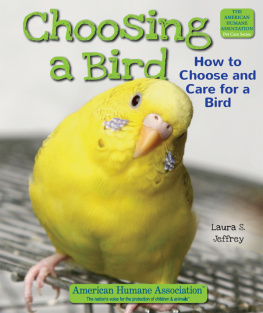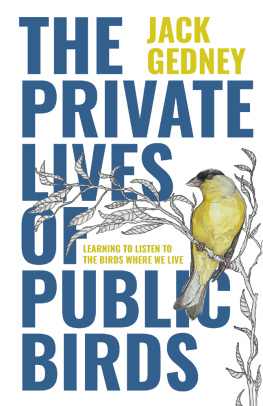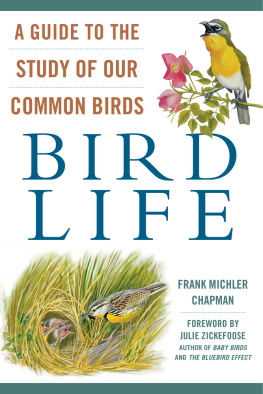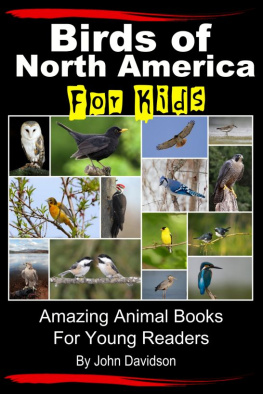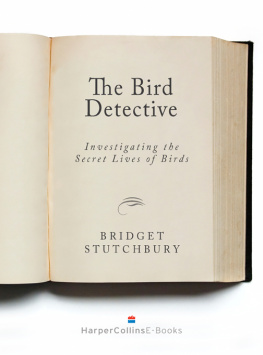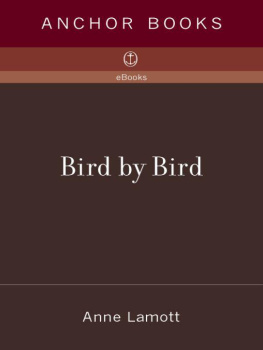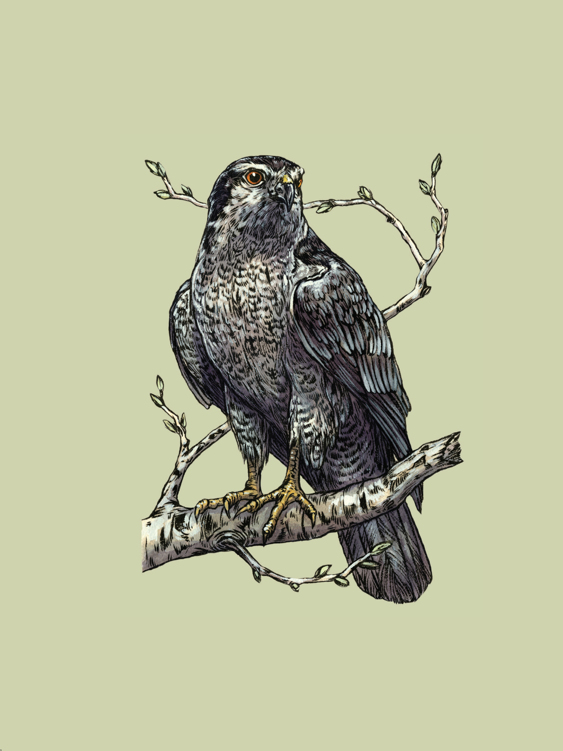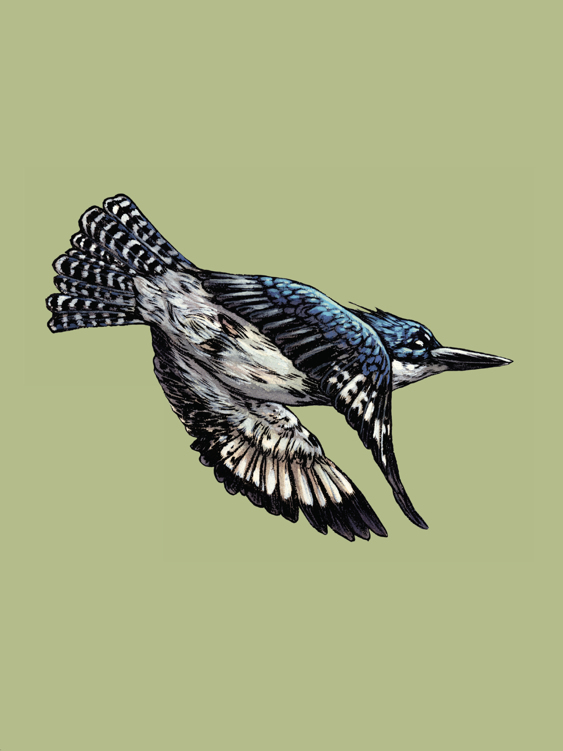BirdNote - BirdNote: Chirps, Quirks, and Stories of 100 Birds from the Popular Public Radio Show
Here you can read online BirdNote - BirdNote: Chirps, Quirks, and Stories of 100 Birds from the Popular Public Radio Show full text of the book (entire story) in english for free. Download pdf and epub, get meaning, cover and reviews about this ebook. year: 2018, publisher: Sasquatch Books, genre: Science. Description of the work, (preface) as well as reviews are available. Best literature library LitArk.com created for fans of good reading and offers a wide selection of genres:
Romance novel
Science fiction
Adventure
Detective
Science
History
Home and family
Prose
Art
Politics
Computer
Non-fiction
Religion
Business
Children
Humor
Choose a favorite category and find really read worthwhile books. Enjoy immersion in the world of imagination, feel the emotions of the characters or learn something new for yourself, make an fascinating discovery.
- Book:BirdNote: Chirps, Quirks, and Stories of 100 Birds from the Popular Public Radio Show
- Author:
- Publisher:Sasquatch Books
- Genre:
- Year:2018
- Rating:4 / 5
- Favourites:Add to favourites
- Your mark:
BirdNote: Chirps, Quirks, and Stories of 100 Birds from the Popular Public Radio Show: summary, description and annotation
We offer to read an annotation, description, summary or preface (depends on what the author of the book "BirdNote: Chirps, Quirks, and Stories of 100 Birds from the Popular Public Radio Show" wrote himself). If you haven't found the necessary information about the book — write in the comments, we will try to find it.
Here are the best stories about our avian friends from the public radio show BirdNote, each brief essay illuminating the life, habits, or songs of a particular bird. Why do geese fly in a V-formation? Why are worms so good for you--if youre a robin? Which bird calls, Who cooks for you? Who cooks for you-all? From wrens that nest in cactuses to gulls that have a strange red dot on their bills--these digestible and fascinating bird stories are a delightful window to the winged world. A foreword by John W. Fitzpatrick, director of the Cornell Lab of Ornithology, and an introduction by Gordon Orians, professor emeritus of biology at the University of Washington, are also included.
BirdNote: author's other books
Who wrote BirdNote: Chirps, Quirks, and Stories of 100 Birds from the Popular Public Radio Show? Find out the surname, the name of the author of the book and a list of all author's works by series.


